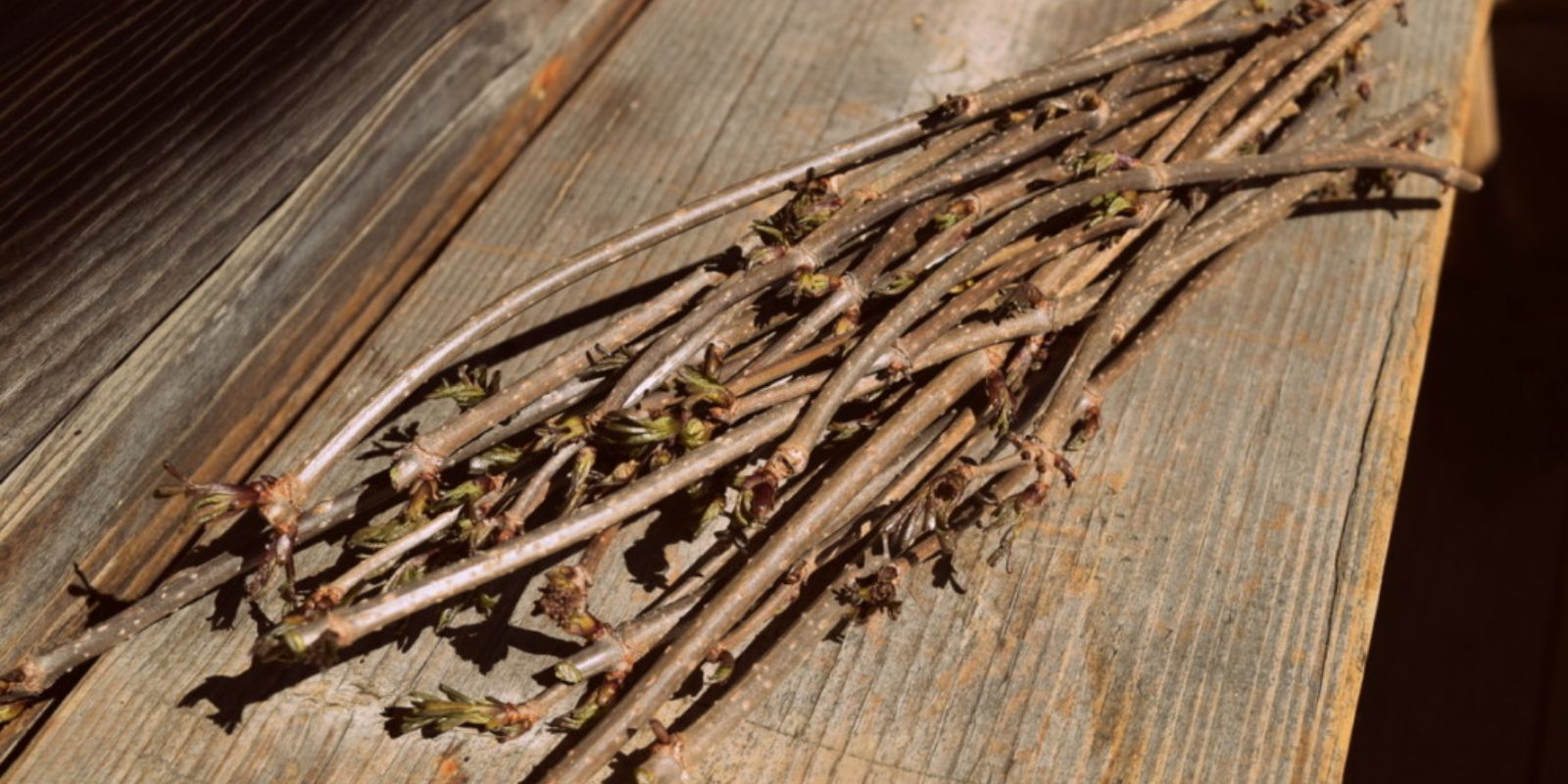Introduction
Propagation is one of the most rewarding gardening techniques, allowing you to expand your plant collection at little to no cost. Hardwood cuttings, taken from mature woody stems, are one of the easiest and most reliable methods for propagating many types of plants. This technique is especially useful for deciduous shrubs, fruit-bearing trees, and ornamental plants. With patience and the right conditions, you can create an abundant and thriving garden using hardwood cuttings.
In this guide, we will explore how to successfully propagate plants from hardwood cuttings, step-by-step instructions, and a list of 40 plants that can be easily grown using this method.
Understanding Hardwood Cuttings
Hardwood cuttings are taken from mature, woody stems that have finished growing for the season. Unlike softwood or semi-hardwood cuttings, which are taken during the growing season, hardwood cuttings are collected during the plant’s dormant phase—usually in late autumn or winter.
This method is particularly successful because:
- It requires little maintenance.
- The cuttings are less prone to drying out.
- Many plants naturally develop roots when given the right conditions.
Step-by-Step Guide to Propagating from Hardwood Cuttings
1. Choosing the Right Time
Late autumn to early winter is the ideal time to take hardwood cuttings. By this time, the plant has stored enough energy to support root development.
2. Selecting Healthy Branches
Look for strong, disease-free branches from the current year’s growth. The ideal cutting should be pencil-thick, firm, and free from pests or damage.
3. Cutting the Stem
Using clean, sharp pruning shears, cut a 6–12 inch section of the stem. Ensure the cutting has at least 3–4 nodes (buds), as these are key points where roots will form.
4. Preparing the Cuttings
- Make a straight cut at the top (just above a node) and an angled cut at the bottom (just below a node) to differentiate the ends.
- Remove any leaves or side shoots, as they are unnecessary for root formation.
5. Using Rooting Hormone (Optional but Recommended)
Dipping the base of the cutting in a rooting hormone powder or gel will significantly improve the chances of successful root formation.
6. Planting the Cuttings
- Choose a well-draining medium such as a mix of sand and peat or potting soil.
- Insert the cutting into the soil with at least 2 nodes buried.
- Space them adequately to prevent overcrowding.
7. Providing the Right Conditions
- Keep the cuttings in a cool, shaded location.
- Water them occasionally to maintain moisture, but avoid overwatering.
- For outdoor planting, a protected, sheltered spot is ideal.
8. Waiting for Root Development
- Rooting may take several weeks to months, depending on the plant type.
- Once the cuttings show signs of new growth, they can be transplanted into larger containers or directly into the garden.
40 Plants That Can Be Propagated from Hardwood Cuttings
Fruit Trees and Shrubs
- Fig (Ficus carica)
- Grape (Vitis vinifera)
- Blueberry (Vaccinium spp.)
- Blackberry (Rubus fruticosus)
- Raspberry (Rubus idaeus)
- Gooseberry (Ribes uva-crispa)
- Currant (Ribes spp.)
- Elderberry (Sambucus nigra)
- Pomegranate (Punica granatum)
- Olive (Olea europaea)
Ornamental Shrubs
- Hydrangea (Hydrangea spp.)
- Forsythia (Forsythia spp.)
- Lilac (Syringa spp.)
- Rose (Rosa spp.)
- Butterfly Bush (Buddleja spp.)
- Camellia (Camellia spp.)
- Spirea (Spiraea spp.)
- Viburnum (Viburnum spp.)
- Dogwood (Cornus spp.)
- Mock Orange (Philadelphus spp.)
Trees
- Willow (Salix spp.)
- Poplar (Populus spp.)
- Maple (Acer spp.)
- Elm (Ulmus spp.)
- Ash (Fraxinus spp.)
- Oak (Quercus spp.)
- Beech (Fagus spp.)
- Birch (Betula spp.)
- Chestnut (Castanea spp.)
- Magnolia (Magnolia spp.)
Evergreens
- Boxwood (Buxus sempervirens)
- Holly (Ilex spp.)
- Juniper (Juniperus spp.)
- Yew (Taxus spp.)
- Arborvitae (Thuja spp.)
- Cypress (Cupressus spp.)
- Pine (Pinus spp.)
- Spruce (Picea spp.)
- Cedar (Cedrus spp.)
- Bay Laurel (Laurus nobilis)
Tips for Better Success
✔️ Choose the Right Cuttings: Healthy, disease-free wood has the best chance of rooting. ✔️ Use Rooting Hormone: This step is optional but greatly increases success rates. ✔️ Provide Proper Moisture: Keeping the soil damp (but not waterlogged) is crucial. ✔️ Be Patient: Root development can take several months—some plants require a full growing season before they are ready for transplanting. ✔️ Protect Young Cuttings: If growing outdoors, shield young cuttings from harsh weather conditions until they are well established.
Conclusion
Hardwood cuttings are a fantastic way to propagate a variety of plants, from fruit trees to ornamental shrubs and even evergreens. Whether you’re expanding your home garden or looking for a sustainable way to grow new plants, this method is both simple and rewarding. With the right techniques and a little patience, you can successfully grow a lush, thriving garden from cuttings.
Have you tried propagating plants from hardwood cuttings? Share your experiences in the comments below! 🌱👇
#PlantPropagation #GardeningTips #HardwoodCuttings #GrowYourOwn #SustainableGardening #GardenLovers

